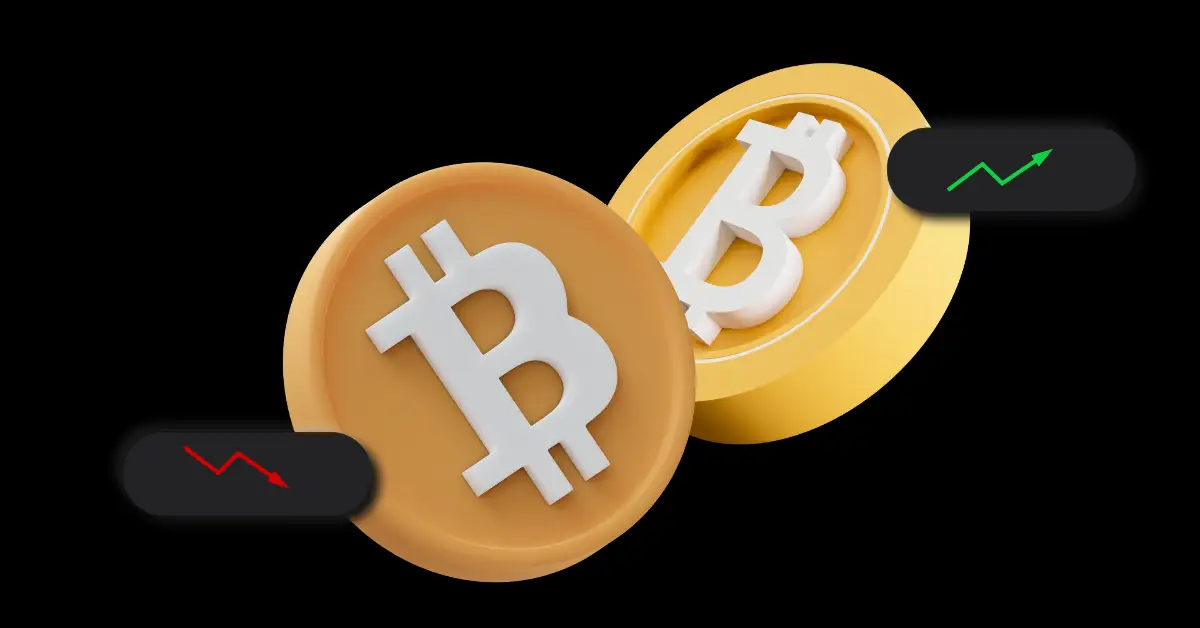
Understanding Bitcoin’s Fixed Supply
Bitcoin is renowned for its capped supply of 21 million coins, a feature that distinguishes it from traditional fiat currencies, which can be produced in unlimited quantities. This limitation is central to Bitcoin’s appeal, offering an inherent scarcity that contributes to its value. However, recent discussions have cast doubt on the permanence of this cap, prompting widespread interest and concern within the crypto community.
Insights from BlackRock
In a recently shared video by Michael Saylor, financial giant BlackRock emphasized Bitcoin’s fixed supply as a crucial attribute that aids in controlling inflation and preserving value. Unexpectedly, BlackRock included a caveat, stating there is “no guarantee” that the 21 million coin cap will remain unchanged. This assertion has triggered a flurry of reactions, raising questions about the security of Bitcoin’s scarcity. Critics, such as Joel Valenzuela, have speculated that this could signal an attempt to alter Bitcoin’s foundational rules.
Is Changing the Total Supply Possible?
Technically, altering Bitcoin’s supply cap is feasible, though it would require a significant consensus within the community, manifesting as a “hard fork.” This process would result in the creation of two distinct networks: one adhering to the original cap and another that does not. However, many enthusiasts argue that any version of Bitcoin lacking this cap would cease to embody the essence of Bitcoin. Super Testnet, a developer within the community, succinctly stated that “The cap defines Bitcoin. Without it, it’s just something else entirely.”
The conversation about modifying the cap often revolves around miners, who play a crucial role in securing the Bitcoin network. Miners receive Bitcoin as a reward for their efforts, but these rewards halve approximately every four years. By the year 2140, the total 21 million coins will have been mined, leaving miners dependent solely on transaction fees for income. Some express concern that this might not suffice to maintain miner motivation over the long term. While removing the cap might ensure continued profitability for miners, it could also disrupt the fundamental principle of Bitcoin’s scarcity.
The Bigger Picture: Community Resistance to Change
The Bitcoin community has historically exhibited resistance to significant changes. During the 2016-2017 period, there was a push by miners to increase Bitcoin’s block size for enhanced scalability. Despite overwhelming support from 95% of miners, the proposal was rejected by the broader community, underscoring the difficulty of altering Bitcoin’s established rules.
As it stands, the 21 million supply cap is integral to Bitcoin’s identity. Any modification to this limit risks destabilizing the cryptocurrency’s unique position, potentially leading to broader market repercussions. Despite occasional short-term fluctuations, Bitcoin continues to follow an upward trajectory, reinforcing its status as a valuable digital asset.






